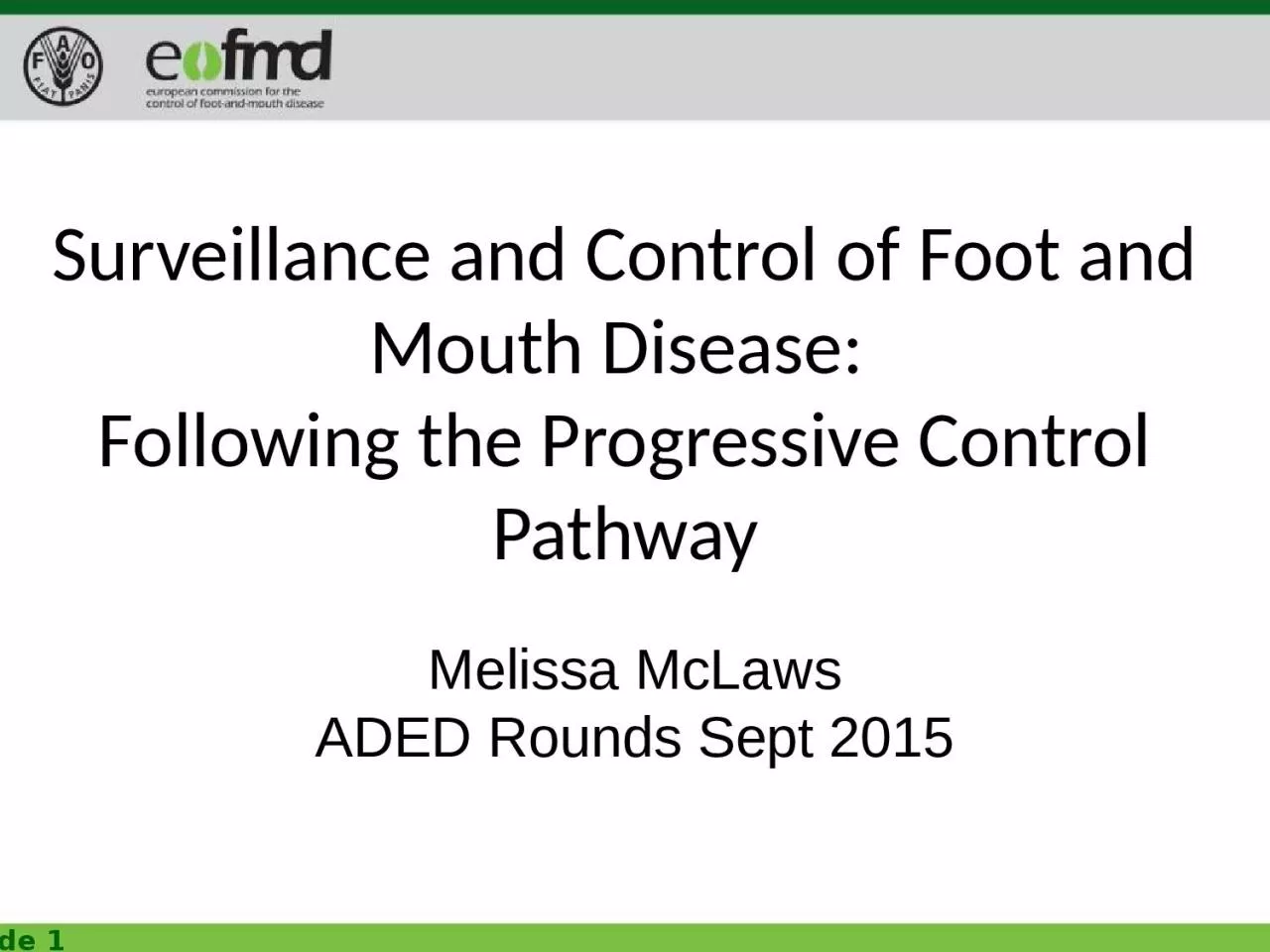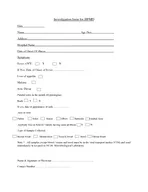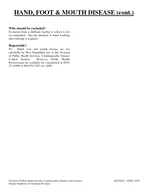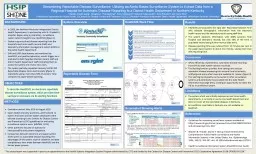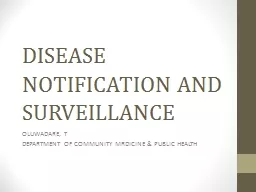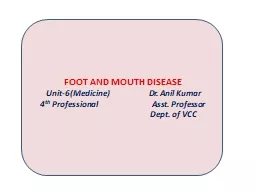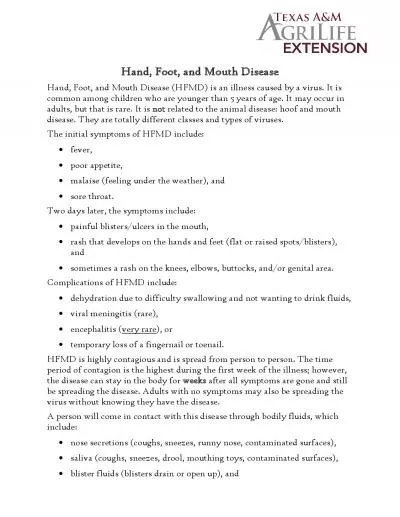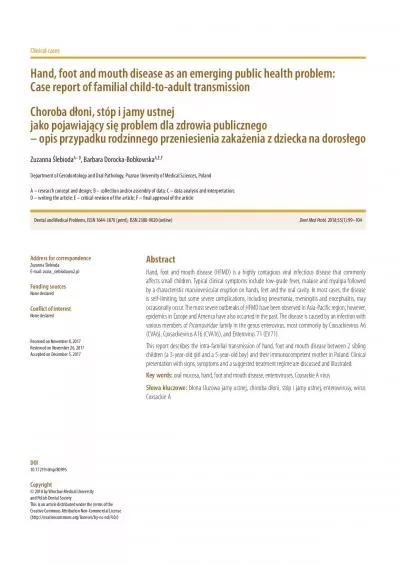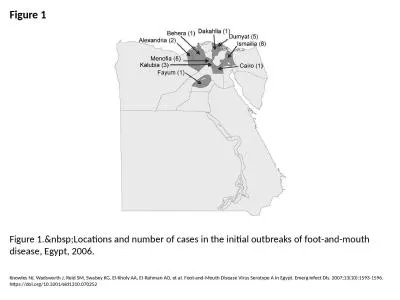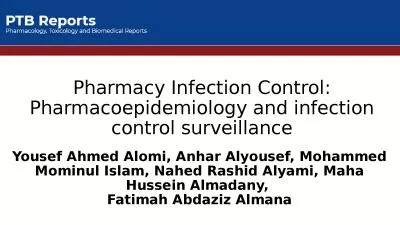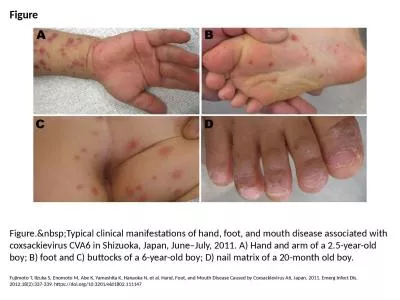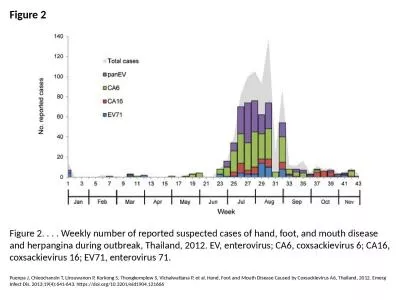PPT-Surveillance and Control of Foot and Mouth Disease:
Author : harper | Published Date : 2024-02-09
Following the Progressive Control Pathway Melissa McLaws ADED Rounds Sept 2015 Presentation Outline Background EuFMD Foot and Mouth Disease FMD FMD in W Eurasia
Presentation Embed Code
Download Presentation
Download Presentation The PPT/PDF document "Surveillance and Control of Foot and Mou..." is the property of its rightful owner. Permission is granted to download and print the materials on this website for personal, non-commercial use only, and to display it on your personal computer provided you do not modify the materials and that you retain all copyright notices contained in the materials. By downloading content from our website, you accept the terms of this agreement.
Surveillance and Control of Foot and Mouth Disease:: Transcript
Download Rules Of Document
"Surveillance and Control of Foot and Mouth Disease:"The content belongs to its owner. You may download and print it for personal use, without modification, and keep all copyright notices. By downloading, you agree to these terms.
Related Documents

